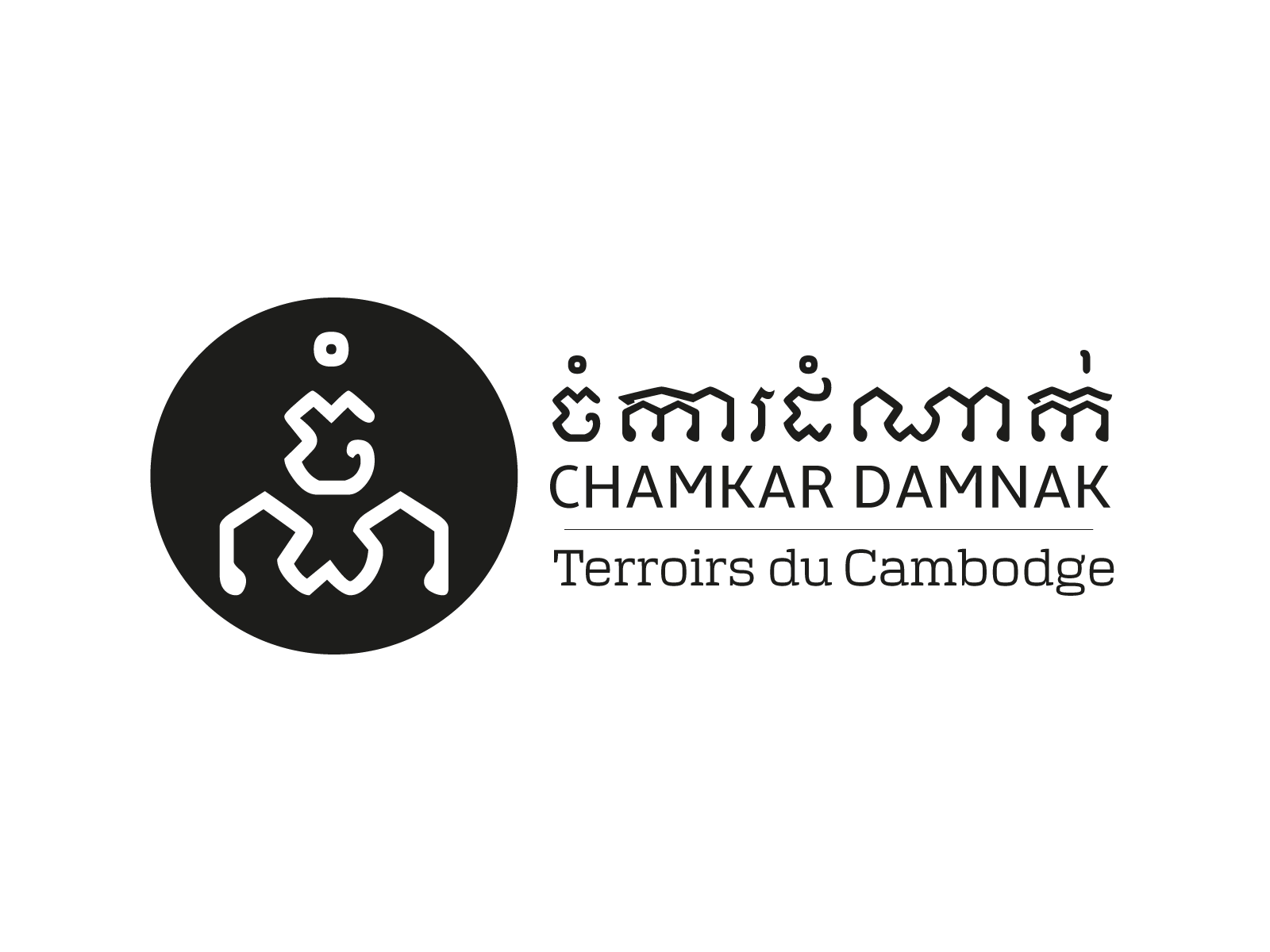Durian, salt & pepper
The specialities of Kep – Kampot
mateurs of durian, this amazing fruit whose particular smell can be very disturbing for some Westerners, will be particularly happy in in the Kep-Kampot region as the fruit does thrive in the K/K area THE place where it is produced ! Cambodians stay in or going through Kampot never miss the opportunity to indulge in Homeric orgies of crab and never forget to bring back a few kilos to the family they left behind.
The salt of the area is also very famous, and as a matter of fact, all around Kampot and Kep, numerous salt marshes will be found here and there.
he region is of course famed for its pepper, which was the first Cambodian product to receive a Protected Geographical Indication (the same certification that protects regional products like Champagne). The mineral-rich soil and rainy weather in the high-elevation areas near Kampot and Kep are perfect for pepper production.
Peppercorns have been cultivated in Cambodia since the 13th century, but the industry really boomed under French Protectorate in the 19th and 20th centuries, when European chefs started appreciating Kampot pepper’s notably floral and slightly sweet flavor. The pepper’s most important characteristic, according to locals, is its tendency to linger on the tongue. “The taste of Kampot pepper stays in your mouth for a long, long time,” they say.
The production of pepper went into a major decline because of the Khmer Rouge regime in the 1970’s, but today it’s experiencing a swift renaissance as the country reopens to the world.
he pepper vines take three years to grow to production stage and they can grow for twenty years if well cared for. Pests are a major problem in this tropical climate, but growers typically use natural pesticides as well as cow manure and guano collected from the bat filled caves nearby. Peppercorn vines are extremely sensitive to sunlight, so rows of dried palm branches protect them from the harsh rays.
After reaching maturity, pepper can be harvested every year from February through May. Peppercorns are removed from the stem, boiled for three to five minutes, and then left to dry in the sun for three to five days. Black peppercorns are actually green when harvested, but they change color during the drying process. White peppercorns are actually red pepper with the skin removed, so they aren’t quite as spicy, they’re the most expensive variety. The red peppercorns are green peppercorns that have been left on the vine longer. They retain their color when dried and are the sweetest because they take longer to mature.
All colors of Kampot pepper have the jasmine-like quality that makes them famous.
